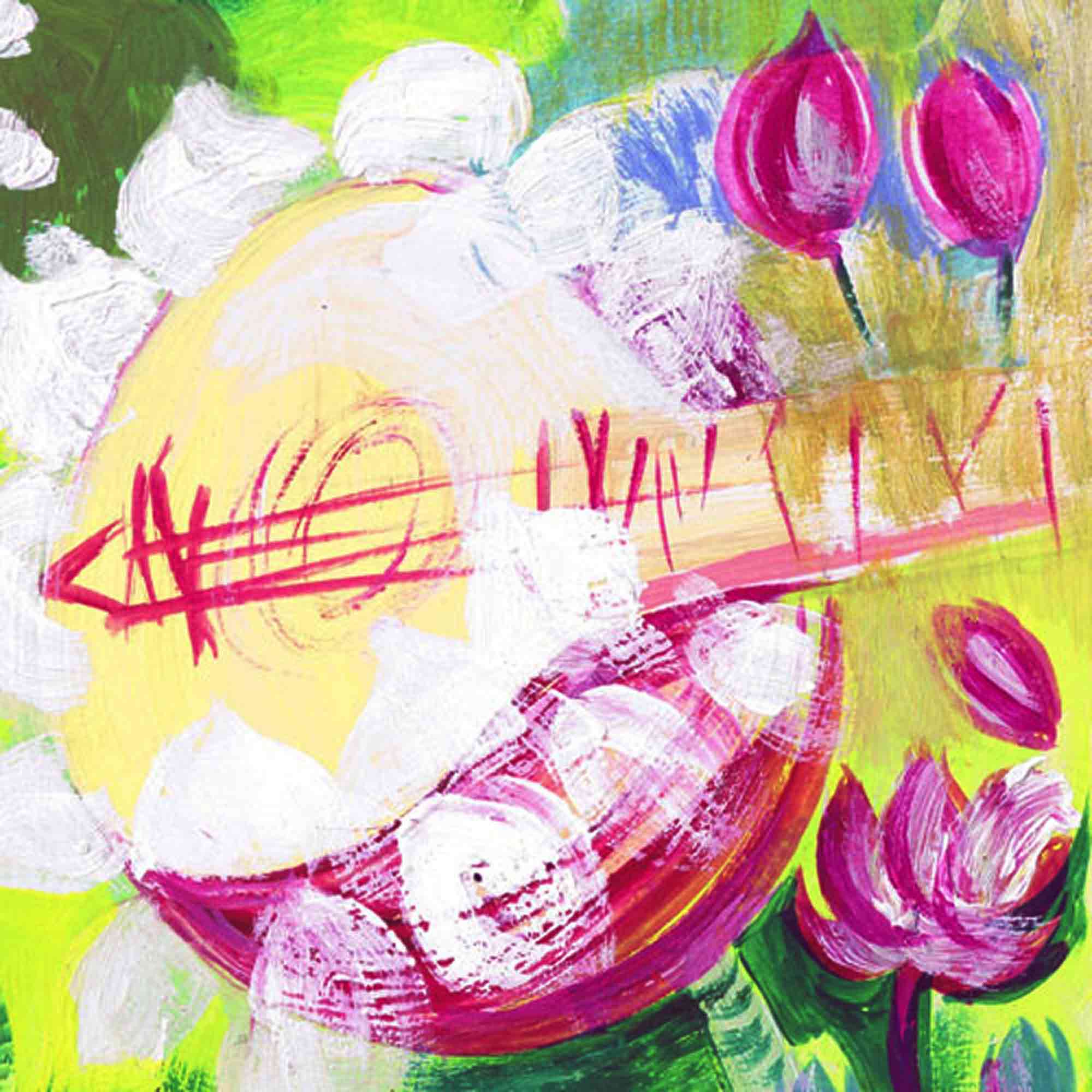Music | Musics. Structures and Processes
15th International Conference of the Gesellschaft für Musikforschung Goettingen
Paper and Lecture Recital by Ludwig Pesch & Manickam Yogeswaran
Friday, 7 Sept. 2012 (15:00-16:00)
Unity in diversity, antiquity in contemporary practice? A fresh look at South Indian music
The music of South India or Carnatic music is an amalgam of regional traditions and practices and became increasingly codified in the past five centuries. Today it reaches global audiences while ancient roots are claimed even by those who cherish its association with musicians from other cultures – from Messiaen to Menuhin, from jazz to rock-fusion – throughout the 20th century. But how to account for its intrinsic qualities in a manner that makes sense to “non-Indian” ears and minds?
Here we explore the essential features of Carnatic music as a means of achieving instantaneous immersion in melody and rhythm. This is facilitated by a precise yet flexible tonal and metric framework that enabled Carnatic vocalists, instrumentalists and composers to transmit their musical and pedagogical legacy across vast distances in time and space.
Lecture Recital (voice with flute, percussion and string instrument)
an inspiration to many [and] the highlight of the conference for me
Unsolicited feedback from fellow presenter/author Paul Christiansen (University of Southern Maine)
Both the preliminaries of a composition and the integration of voice and instruments in a modern Carnatic recital are reminiscent of a Minnesang performance such as described in Gottfried von Strassburg’s Tristan in the 13th c. CE (McMahon 1990:71-73 “An Example of Performance”).
While such similarities may seem coincidental, they point to shared concerns that bind practicioners and educators from different periods and cultures together. While these cannot be analyzed in the course of a lecture recital, there is scope for demonstrating some key features on unconventional lines. Some of the historical and intercultural undercurrents go well beyond the realm of mere wishful thinking, mysticism or Orientalism:
[A]ny attempt to maintain so-called cultural purity through the repression of what is considered harmful influences is doomed to fail. Cultures don’t do battle, they flow into one another. – Ilija Trojanow & Ranjit Hoskoté in “Kampf Absage”


